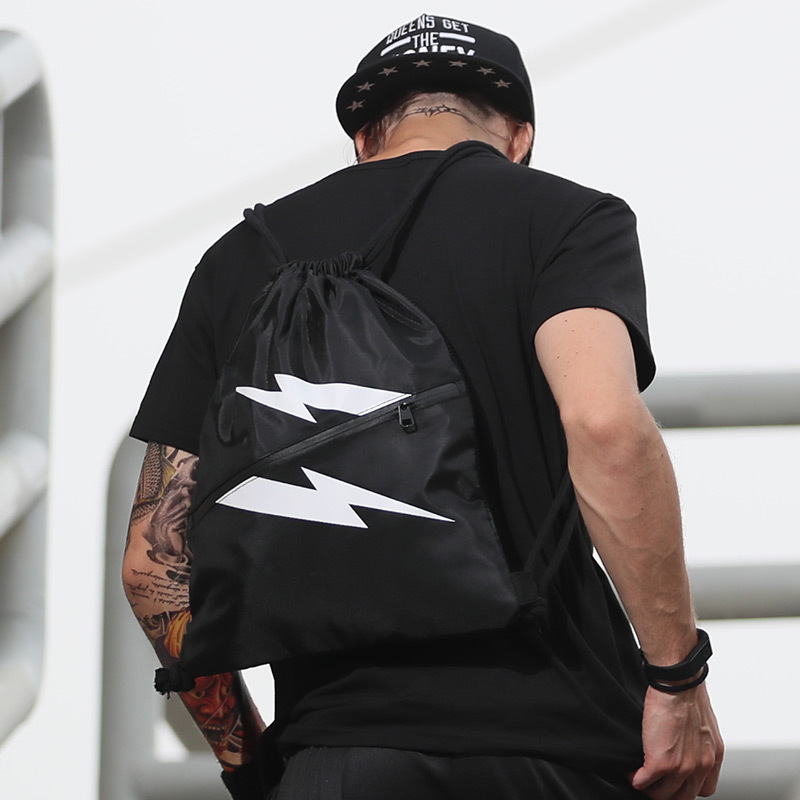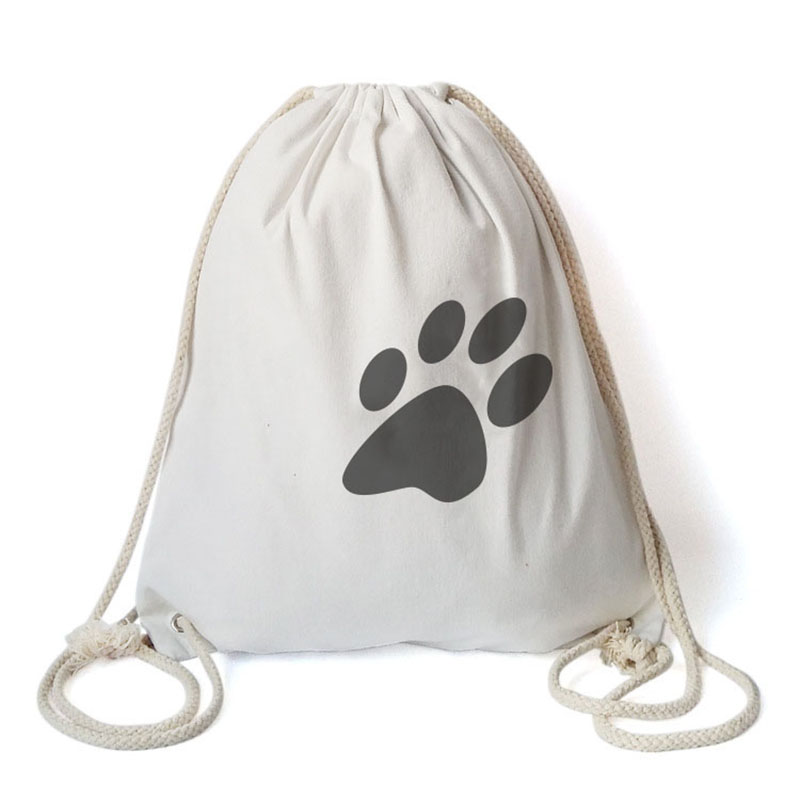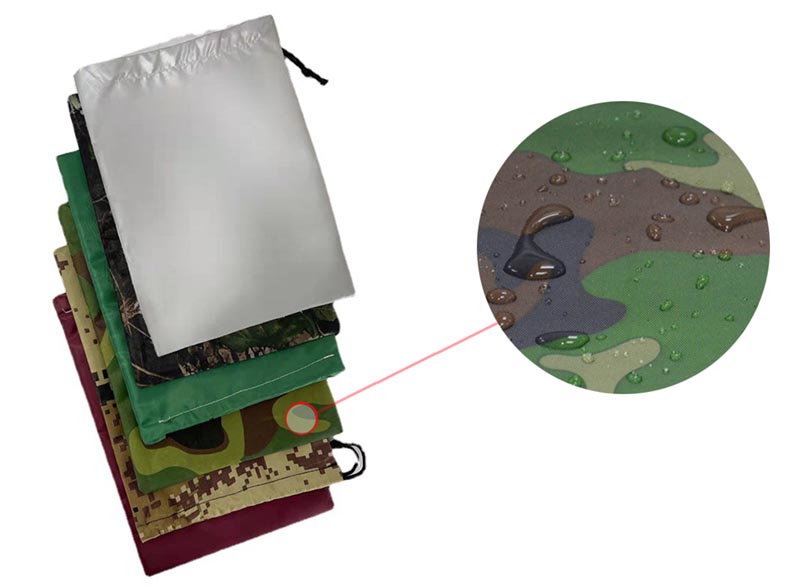As outdoor activities such as hiking, camping, trekking, and adventure sports become increasingly popular, the demand for outdoor gear has also surged. Whether it's protective equipment, clothing, food, or tools, outdoor enthusiasts expect their gear to be portable and well-protected. How to design suitable packaging for this gear, ensuring both functionality and ease of use while meeting consumers' demands for convenience and sustainability, has become a key topic for exploration.
1. Types of Outdoor Gear and Their Packaging Needs
Outdoor gear comes in various forms, each requiring unique packaging solutions. The major categories include:
Tools and Equipment: Items like multi-tools, compasses, flashlights, first aid kits, and toolboxes. These products are usually small but complex, requiring sturdy packaging that provides protection and allows easy access.
Clothing and Apparel: Including items such as hiking jackets, waterproof gear, thermal wear, hats, gloves, and socks. These require moisture-resistant and dirt-proof packaging to ensure cleanliness during transport and storage.
Food Supplies: Portable foods like energy bars, freeze-dried meals, and beverages. These require packaging with airtight and moisture-proof characteristics to preserve freshness and ensure long shelf life under outdoor conditions.
Electronic Devices: Items such as cameras, drones, GPS devices, and battery packs. These fragile items demand shockproof and waterproof packaging to prevent damage in harsh outdoor environments.
Large Equipment: Tents, sleeping bags, cookware, and folding chairs. Such gear requires durable, abrasion-resistant packaging that also minimizes volume to save space.
2. Common Packaging Methods for Outdoor Gear
Depending on the type of Outdoor Gear, common packaging solutions can be grouped into the following categories:
2.1. Drawstring Bags
Drawstring bags are a lightweight and convenient packaging option widely used for various types of outdoor gear. Their key advantages include portability and ease of use, making them ideal for storing smaller items such as first aid kits, tools, and food supplies. These bags are often made from durable materials like nylon, polyester, and canvas, providing resistance to abrasion and water.
Customizations like internal pockets for separating different items or waterproof seals at the drawstring opening can further enhance functionality. For larger drawstring bags, dual-shoulder straps can be incorporated, turning the drawstring bag into a backpack for easy transport.
2.2. Drawstring Backpacks
The drawstring backpack has become an increasingly popular packaging method for outdoor gear due to its lightweight, practical design. This packaging style combines the simplicity of a drawstring closure with the portability of a backpack, making it an excellent choice for carrying everyday essentials during outdoor activities.
Features and Advantages:
Lightweight: Drawstring backpacks are typically made from lightweight materials such as nylon or polyester, which make them ideal for outdoor activities where reducing load is essential. These backpacks can be easily folded and packed, taking up minimal space when not in use.
Easy to Pack and Access: The drawstring closure allows for quick and easy access to gear without the need for zippers or buckles. This is particularly useful for frequently used items like water bottles, snacks, or a jacket, where easy access is critical.
Versatile: These backpacks are suitable for carrying lightweight items such as clothing, simple tools, and food, and they are widely used in sports and outdoor activities. For example, they are ideal for carrying basketballs, soccer balls, beach shoes, or casual outdoor footwear.
Cost-Effective: Compared to more complex outdoor backpacks, drawstring backpacks are relatively inexpensive to produce. This makes them popular as promotional or giveaway items for outdoor brands.
Use Cases:
Drawstring backpacks are perfect for short hikes, picnics, beach outings, or camping trips, where carrying light and essential gear is important. They are also ideal for outdoor sports like running or cycling, where a small, flexible, and lightweight pack is needed to store additional gear.
2.3. Tote Bags
Tote bags are commonly used to package larger outdoor gear such as tents, sleeping bags, and cookware. Made from heavy-duty fabrics, these bags are highly durable and offer excellent resistance to wear and tear. Tote bags often feature reinforced handles and zippers, ensuring the bag won’t break open or tear under heavy loads. Some tote bags can also be folded for compact storage when not in use.
2.4. Gift Boxes
Gift boxes are used mainly for retail packaging and promotional purposes. They not only serve as a packaging solution but also enhance the visual appeal of the product. Dividers within the box can separate different items or accessories, making it easier for consumers to organize their gear. High-end gift boxes often feature premium materials like cardboard, plastic, or wood to reinforce the structure and aesthetic value.
2.5. Mesh Bags
Mesh bags offer excellent ventilation and are commonly used for storing items that need air circulation, such as wet clothing or damp shoes. The lightweight nature of nylon or polyester mesh makes these bags easy to carry, and they are perfect for long outdoor excursions where air circulation is necessary to prevent mildew.
2.6. Compression Sacks
Compression sacks are widely used for large, bulky items like sleeping bags and down jackets. These sacks are designed to compress air out of the contents, reducing their volume for easier packing. Made from durable, waterproof nylon or polyester materials, they offer abrasion resistance and moisture protection, making them suitable for long hikes or backpacking trips.
3. Material Choices for Outdoor Gear Packaging
When selecting materials for outdoor gear packaging, several key factors must be considered:
Water Resistance: Outdoor environments often expose gear to rain, snow, or dew, so water resistance is a critical feature for packaging materials. Common water-resistant materials include nylon, polyester, and PVC-coated fabrics.
Abrasion Resistance: Since outdoor gear may frequently come into contact with rough surfaces like rocks, trees, and ground, packaging materials need to be abrasion-resistant to prolong the life of both the packaging and the gear inside. Materials like canvas, nylon, and high-density synthetics are ideal.
Lightweight: Outdoor gear should be as lightweight as possible to reduce the burden on the user. Lightweight materials like thin plastics, nylon, and lightweight polyester provide durability without adding excessive weight.
Sustainability: With increasing environmental awareness, many outdoor brands are turning to sustainable packaging materials. Options like biodegradable plastics, recycled materials, and natural fibers are becoming more popular, offering eco-friendly alternatives to traditional petroleum-based materials.
4. Sustainable Trends and Eco-Friendly Packaging
Sustainable packaging has become a major trend in the outdoor gear industry. Here are some common approaches:
Biodegradable Packaging: Packaging made from biodegradable plastics or natural materials can decompose over time, reducing environmental impact. This is especially useful for single-use packaging materials.
Recycled Materials: Many brands are adopting recycled plastics and cardboard for packaging. This reduces resource consumption and waste generation, aligning with sustainability goals.
Plastic-Free Packaging: Some brands are exploring entirely plastic-free packaging solutions, using natural fibers or fabrics for packaging that can be reused multiple times.
Lightweight Packaging: Reducing the thickness and volume of packaging not only decreases the use of materials but also reduces energy consumption during transport, cutting down on the overall carbon footprint.
5. Future Innovations in Outdoor Gear Packaging
As the outdoor gear market continues to expand, consumer expectations for packaging are also evolving. Future innovations in packaging will likely focus on increased functionality, sustainability, and convenience.
Smart Packaging: Future packaging solutions may incorporate smart technologies such as temperature sensors or moisture indicators, helping users monitor the condition of their gear.
Modular Packaging: Modular designs allow users to adjust the size and shape of their packaging depending on their specific needs, offering greater flexibility for multi-day trips or expeditions.
Multi-Functional Packaging: Packaging that serves more than one purpose will become increasingly popular. For example, a bag that can both store gear and double as a solar-powered charger or water-resistant cover could significantly enhance the outdoor experience.
The packaging design for outdoor gear must consider both functionality and environmental impact. By choosing the right materials and packaging methods, not only can the longevity of outdoor gear be extended, but the consumer experience can also be greatly improved. Furthermore, as environmental awareness increases and technology advances, the future of outdoor gear packaging will continue to evolve towards more sustainable, functional, and innovative solutions.




 We like to do design according to all the customers' requirements, or offer them our new designs. With strong OEM/ODM capabilities, we can fill your sourcing demands.
We like to do design according to all the customers' requirements, or offer them our new designs. With strong OEM/ODM capabilities, we can fill your sourcing demands.